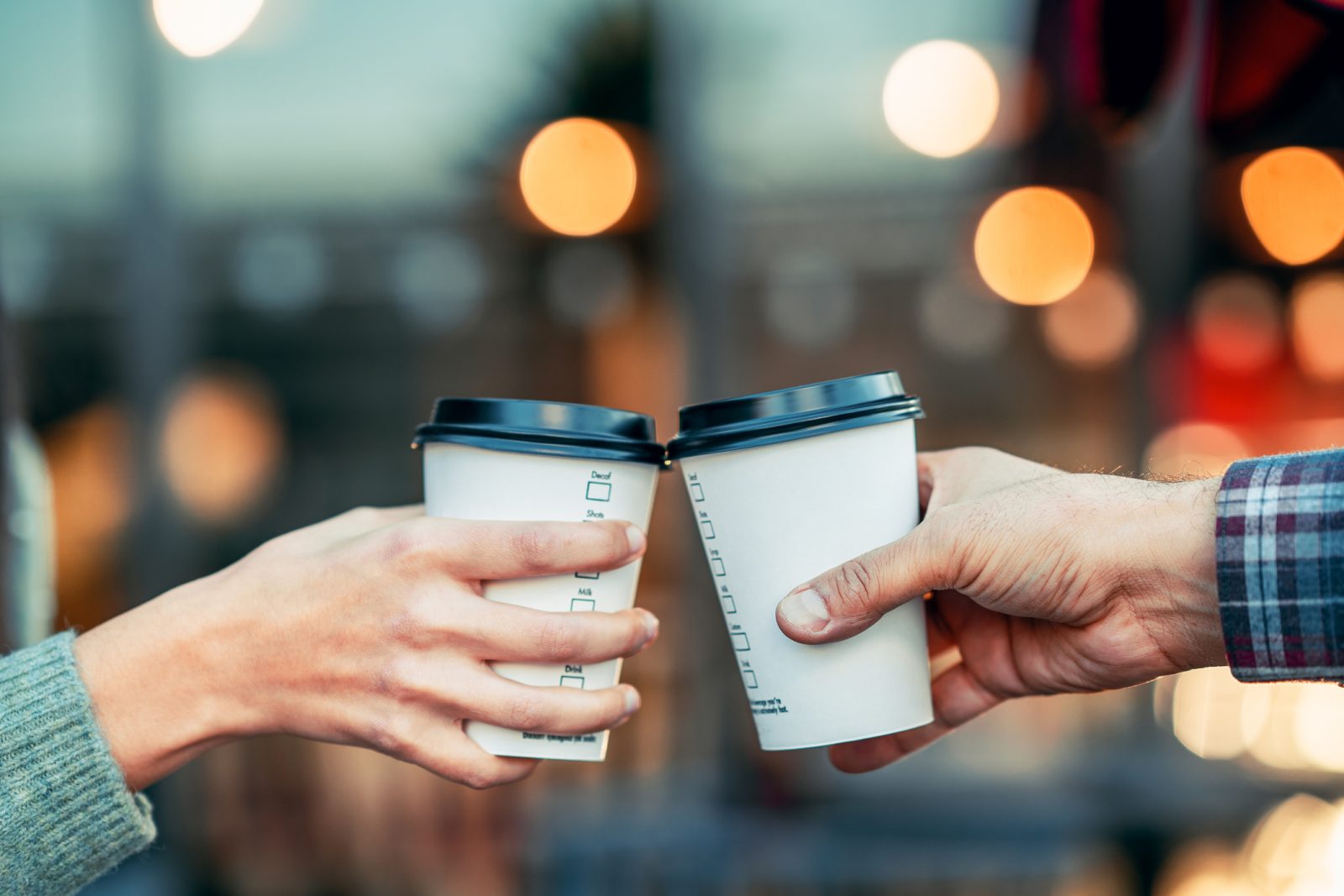If you’ve been wondering how much caffeine you’re consuming in your coffee, here’s a basic guideline: The average 8-ounce cup of brewed coffee prepared using a drip coffee maker contains 95 mg of caffeine.
But there are other factors that affect the amount of caffeine in your cup, namely the type of coffee bean and brewing method. So how much caffeine is in your favorite cup of coffee?

Brewing method matters
Most of us have strong preferences regarding how we like to brew coffee at home. The brewing method affects not only flavor, but caffeine content as well.
Here’s a look at a few of the most popular brewing methods and the average caffeine content of coffee brewed using each process.
Filter brewed, 95 mg/8 ounces
With this brewing method, hot water passes through ground coffee contained in a filter. Both drip and pour-over brewing use a filter.
The amount of caffeine in coffee brewed with a filter can vary based on how hot the water is. Hotter water will increase the amount of caffeine.
Pour-over brewing gives you control over the water temperature.
French press, 180 mg/8 ounce
Using a French press, the flavors and compounds of the coffee grounds are extracted aggressively due to their constant infusion in hot water. The longer the grounds are steeped, the higher the concentration of caffeine.
Espresso, 70 mg/1 ounce
Espresso is a concentrated form of coffee brewing that uses high pressure to force (express) hot water through finely ground coffee. The pressure allows the coffee to be extracted rapidly and leaves a high density of soluble oils in the coffee.
Caffeine In A Cup of Coffee Is In The Beans
Did you know that caffeine is a natural insect repellent? That’s why coffee grown at lower altitudes generally has more caffeine – there are more insects at lower altitudes.
Similarly, coffee beans that are grown at higher altitudes, where insects are fewer, produce lower amounts of caffeine.
That’s why the type of coffee bean makes a difference in the caffeine content of your coffee. Arabica beans, for example, which grow at higher altitudes, typically contain less caffeine than Robusta beans, which are grown at lower altitudes.
Caffeine On The Go
Whether you like your coffee with an extra jolt or prefer a milder caffeine experience, you’ll find some significant differences among the brews offered by the major coffee shops. Here’s a look at a few of the most popular locations.
Starbucks and Dunkin’
A grande cup of coffee from Starbucks (16 ounces) contains 320 milligrams of caffeine (20 mg/ounce). Comparatively, a medium cup of coffee (14 ounces) from Dunkin’ has 210 milligrams of caffeine (15 mg/ounce).
The difference here is largely in the beans. Starbucks uses a blend of Arabica and Robusta beans in its coffee. Robusta beans contain more caffeine than Arabica beans. Dunkin’, on the other hand, uses 100 percent Arabica beans.
Although people often think that darker beans contain more caffeine than lighter beans, that assumption is largely untrue. Roast and bean color (along with grind) play their biggest role in flavor, not caffeine content.
Dutch Bros. Coffee
A 16-ounce cup of Dutch Bros coffee contains about 260 milligrams of caffeine.
Peet’s
At Peet’s, a 16-ounce cup of coffee contains 267 mg of caffeine.
Wawa and Sheetz
These two regional convenience store chains are favorites among coffee-drinkers. At Wawa, a 16-ounce cup has a total of 290 mg of caffeine, while Sheetz comes in somewhere around 142 mg for the same size.
McDonald’s
McDonald’s sells coffee all over the world. However, despite being one of the biggest fast food chains that sells coffee, they do not standardize or calculate the amount of caffeine in their coffee.
Published estimates place the caffeine content somewhere around 145 mg for a 16-ounce cup.
Coffee At Home
If you prefer brewing your coffee at home, you’ll find a vast array of bagged coffee choices – with a wildly varying range of caffeine. Health experts agree that 400 mg of caffeine per day is a safe amount for most adults, so you’ll want to carefully consider some of the high-caffeine coffees before downing a few cups.
Topping the high-caffeine list is Black Label by Devil Mountain Coffee Company with an astounding 1555 mg of caffeine in a 12-ounce cup.
Other contenders include: Biohazard (928 mg/12 ounces), Death Wish (728 mg/12 ounces) and Banned Coffee (474 mg/12 ounces).
One of our favorite brands, veteran-founded Black Rifle Coffee, contains about 200mg of caffeine, which is more than twice the amount of caffeine in a cup of regular coffee but pales in comparison to some of the other high-caffeine brands.
How Much Caffeine Is In A Cup of Coffee Summary
If you’re looking to reduce – or eliminate – caffeine from your coffee intake, know that even decaffeinated brews still contain caffeine, about 2 mg per cup.

Leave a Reply